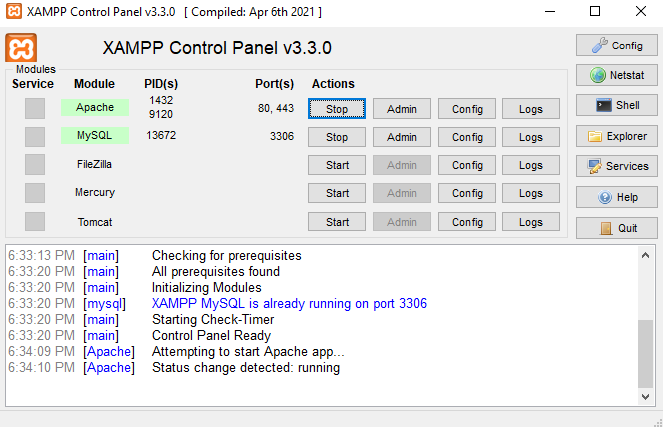
Simple Projects, You Can Make At Home
The circuit diagram of the remote transmitter is shown in Fig. 2. The transmitter is built around NE555 timer (IC1) configured to operate as an astable flip-flop capable of oscillating at different frequencies depending upon the depression of the specific push-to-on switches (S1, S2, S3, etc). Depression of each switch results in a different value of resistance being connected between supply rail and pin 7 of IC1. The resistor R1(a), R1(b) or R1(c) in conjunction with resistor R2 and capacitor C1 determines the frequency as per the formula:
The output of timer flip-flop is used to drive IR LEDS D2 and D3 via a PNP transistor BC158 (T1). Thus Fig. 6: Detector and regulator control for fan Fig. 7: Relay assembly Simple Projects 107 the infrared light emitted by IR LEDS is modulated at the frequency of the flip-flop (se- lected via switches S1 through S3 as shown in Fig. 2).
For optimum reception the transmitter modulating frequencies should lie within a range of approximately 1kHz to 5 kHz. The value of resistors R1 (a), Rl (b) and Rl (c), for the above range, would vary between 10 kilo- ohm and 47 kilo-ohm ap- proximately. The red LED will light to indicate that the modulator section (IC 1) is ON whenever any one of the switches on this remote unit is depressed. A 9V, battery is required to supply power to the remote transmitter.






